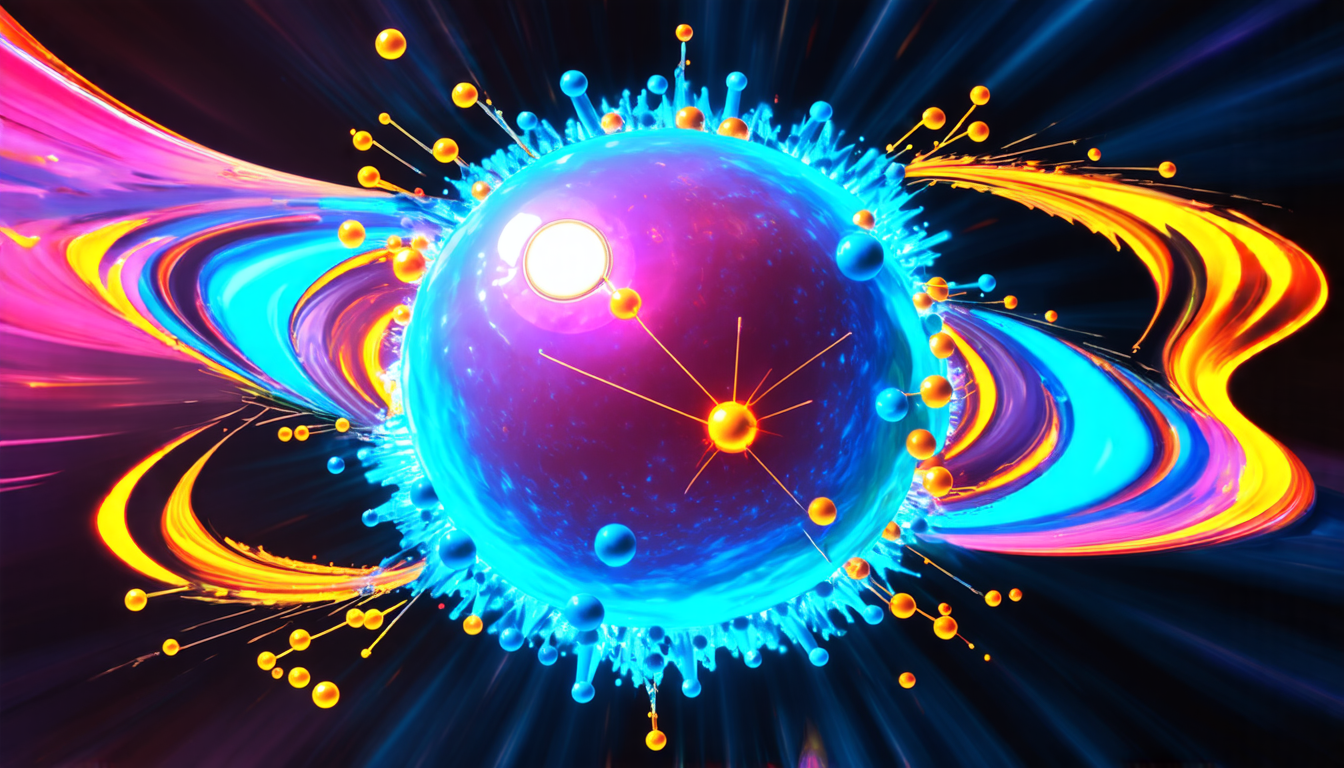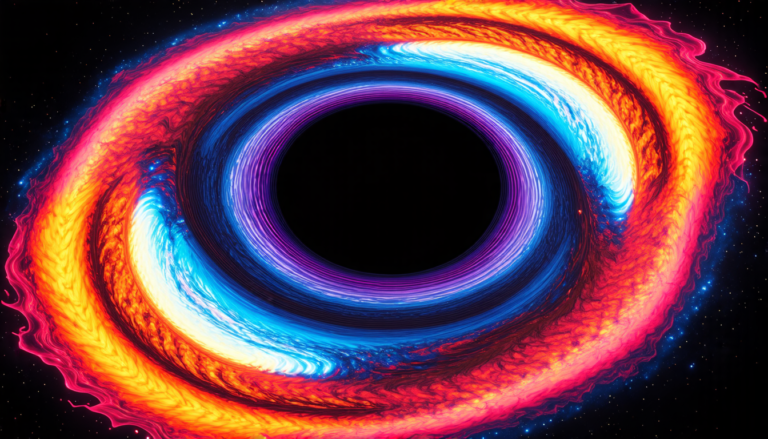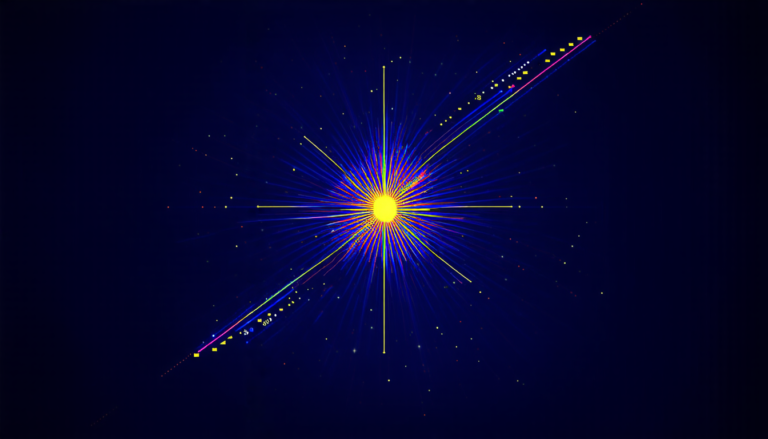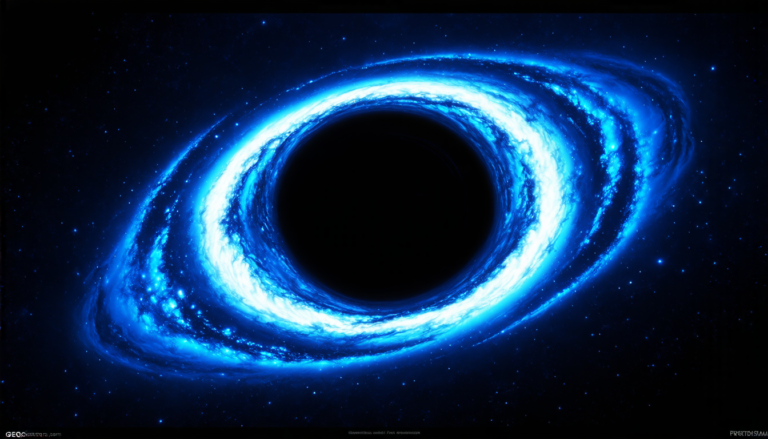Wednesday 09 April 2025
The quest for a deeper understanding of the nucleus, the tiny center of an atom that makes up nearly all matter in the universe, has been ongoing for decades. Physicists have long sought to unravel its mysteries, but the nucleus’s complexities have proven stubbornly resistant to full comprehension.
A recent study published in the journal Physical Review Letters sheds new light on this enigmatic region. By analyzing data from high-energy particle collisions, researchers have gained insight into the behavior of protons and neutrons within the nucleus, shedding light on long-standing questions about their interactions.
One of the most significant findings is the confirmation that protons and neutrons are not static entities within the nucleus, but rather dynamic particles that interact with each other in complex ways. This challenges the traditional view of the nucleus as a stable, unchanging entity, instead revealing it to be a vibrant and ever-changing environment.
The study also reveals new details about the strong nuclear force, which holds quarks together inside protons and neutrons. Researchers found that this force is not uniform throughout the nucleus, but rather varies in strength depending on the location of the particles within the nucleus.
This research has far-reaching implications for our understanding of the universe. It could potentially lead to new insights into the behavior of heavy elements, which are crucial for life as we know it. Additionally, a deeper understanding of the strong nuclear force could shed light on the mysteries of dark matter and dark energy, two phenomena that remain poorly understood.
The study’s findings also have practical applications in fields such as medicine and materials science. For example, a better understanding of the nucleus’s dynamics could lead to the development of new cancer treatments or more efficient methods for creating advanced materials.
The research itself was conducted using data from high-energy particle collisions at facilities such as the Large Hadron Collider. By analyzing these collisions, researchers were able to create detailed simulations of the nuclear environment, allowing them to study the behavior of protons and neutrons in unprecedented detail.
While much remains to be learned about the nucleus, this study marks an important step forward in our understanding of its inner workings. As scientists continue to probe the mysteries of the nucleus, they may uncover new secrets that will shed even more light on the intricate dance of particles within this tiny, yet crucial, region of the atom.
Cite this article: “Unlocking the Secrets of Nucleon Size: A Comprehensive Study Reveals Surprising Insights”, The Science Archive, 2025.
Nucleus, Protons, Neutrons, Strong Nuclear Force, Particle Collisions, Large Hadron Collider, Atomic Physics, Quantum Mechanics, Dark Matter, Dark Energy







